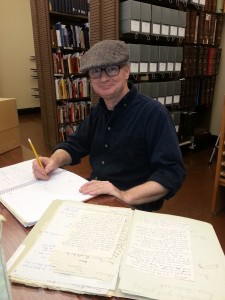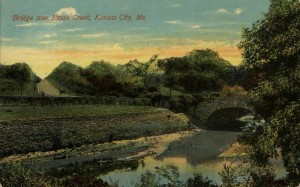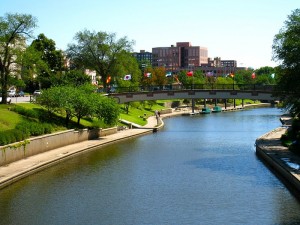By Tony Lawson
I have been immersing myself in the history of the Wornall House these last few weeks and I’ve learned as much about the present as I have the past. What strikes me most is the depth people have for caring about the past. The archives I visit, the historic objects I observe, and the meetings I attend all indicate the collective concern of individuals toward preserving the past and handing it down to future generations to study, analyze and evaluate. I feel the weight of the generations before me–as well as my profession and my moral obligations to myself and the society I live in–tasking me to do the best job I can in dissecting this history to learn from it and pass it down to the next generations. Like teaching, as a historian I am always asking myself; am I doing a good job? Have I learned all I can? Am I fair and honest? Am I a worthy of being a steward of history?

What one person deems an important piece of history and worth preserving, such as genealogy, ephemera, or financial records, may be insignificant to another, but all these types of things wind up in archives. I’ve been sorting through some archives at the new digs of the Jackson County Historical Society piecing together the puzzle of the past so that I may tell a compelling story of the Wornall House. I did not think I would be interested in genealogy, but I got sucked into a black hole for about 90 minutes yesterday. I barely escaped. I’ve always prided myself on being a local history geek, but I am stunned by the amount stuff I did NOT know about the Wornall family in Kansas City history. So far, I seem to only be working around the edges of my topic picking up tidbits of information here and there. Hopefully, this thing will start to come together when I write some papers and start to organize my research.


